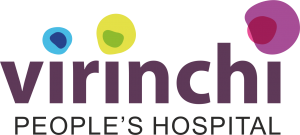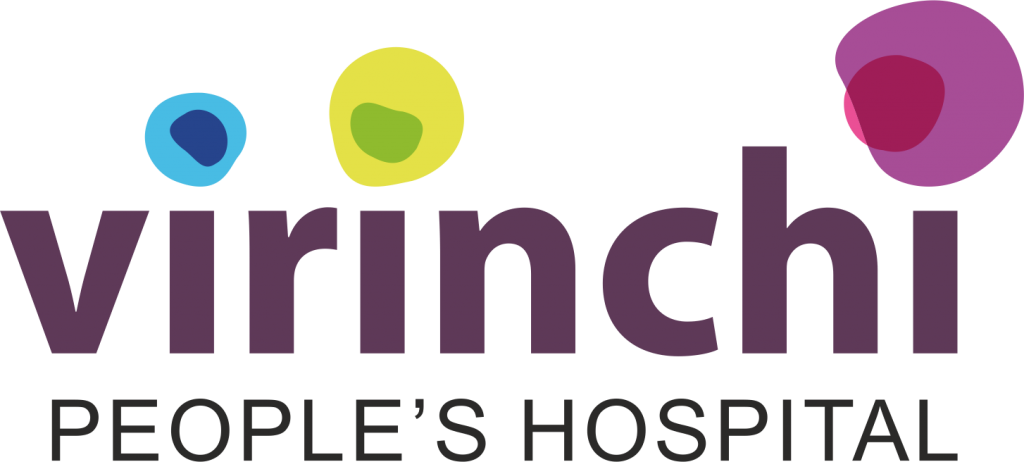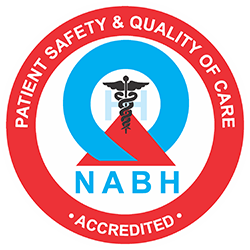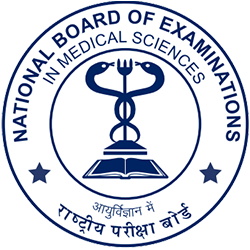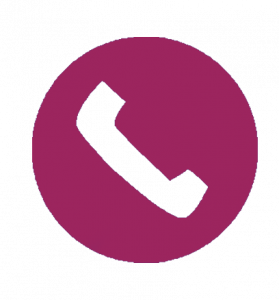Home » Emergency Care
Emergency care 24 hours a day, 7 days a week, 365 days a year
- Trauma Care and other Emergency Care
- Fatal Accidents & Polytrauma
- Heart Attacks & Cardiac Arrests
- Brain Strokes
- Poisoning & Drug Abuse
- Paediatric and Surgical Emergency
- Gynaecological Emergency
Our Team of Emergency Care Doctors
Technology
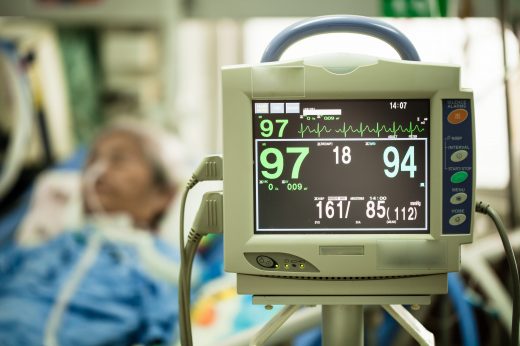


The cardiac monitor is a device that shows the electrical and pressure waveforms of the cardiovascular system for measurement
and treatment.
- Cardiovascular emergencies
- Arrhythmia and ischemia detection
- QT-interval measurements in real time
- Bradycardia
- Heart blocks, etc.
- Advanced clinical solution to summarize and visualize data
- Portable design allows you to take monitoring with you
- Ambient light adjustment for readability in nearly any environment
- Connectivity options help you make the most of your EMR
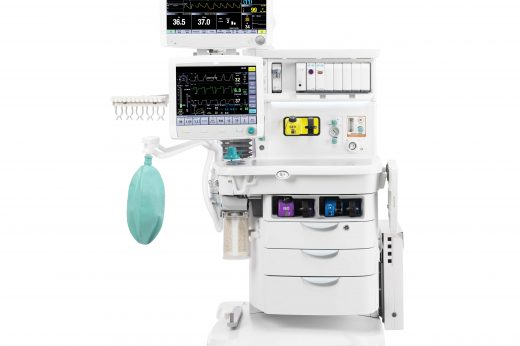


- Acute respiratory failure
- Acute lung injury
- Hypoxemia
- Severe asthma
- Non-invasive positive pressure ventilation (NPPV)
- Mechanical ventilation, etc.
- An on-airway flow sensor provides more choices for ventilation
- The hot-swappable battery provides up to 10 hours of operation (depending on settings).
- The Battery Time Estimator provides added peace of mind during transports
- Built-in oxygen monitoring and alarms alert users to changes or disruptions when using supplemental oxygen
- The Cylinder Use Time Calculator helps estimate how long oxygen will last when on the go
- With its rugged and reliable construction, the ventilator is designed to withstand rough treatment in a wide range of environments
- A patented gas generator runs cool and quiet, is gas efficient and provides consistent volume delivery
- Advanced features such as Alarm Quickset, custom presets and custom backup ventilation make this an exceptional portable ventilator
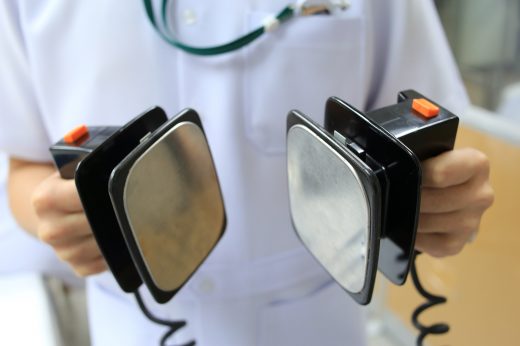


Defibrillators deliver a brief electric shock to the heart, which enables the heart’s natural pacemaker to regain control and
establish a productive heart rhythm.
- Used in providing advanced cardiac life support
- To treat cardiac arrest patients in VF or pulseless VT
- Ventricular fibrillation & Pulseless ventricular tachycardia (VT) is treated with immediate defibrillation
- Used for synchronized cardioversion of Atrial Fibrillation, SVT & Ventricular tachycardia
- Identifies shockable rhythms
- Electrocardioversion for Supraventricular tachycardia (SVT)
- Defibrillation (shock)
- Transcutaneous Cardiac Pacing
- It collects and trends data for up to 8 hours of continuous monitoring
- Intuitive controls and clear voice prompts guide you through the steps of defibrillating the patient
- Small, lightweight and easy to carry with optional ruggadized, wrap-around carrying case
- Signals its readiness with an active, flashing hourglass that shows the results of automated self tests and front-panel LEDS that indicate power status
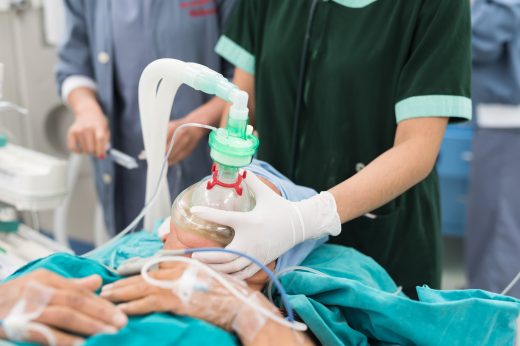


A device that supplies oxygen or a mixture of oxygen and air, used in artificial respiration to control or
assist breathing
- To relieve acute respiratory distress (ie, to relieve exhaustive respiratory efforts while trying to oxygenate the blood)
- To improve pulmonary gas exchange during hypoxemia (acute low levels of oxygen in blood due to any critical disease)
- Mechanical ventilation in intubated patients otherwise
- To provide adequate oxygenation & Ventilation in patients with Failure to oxygenate/ventilate, and failure to maintain patent airway as in case altered mental states due to several causes
- Supports Invasive & Non-invasive ventilation with leakage compensation
- The standard configuration includes several ventilation modes and options like Pressure Regulated Volume Control (PRVC) and Volume Support (VS) can easily be added on
- Edi Signal provides useful information on respiratory drive, volume requirements and the effect of ventilator settings
- For continuity of care with no loss of treatment information, it is available for Magnetic resonance imaging (MR) and for Hyperbaric oxygen therapy (HBO)
- Y sensor measurement for neonatal/paediatric and adult patients enables measurement of pressure and flow as close to the patient’s airway as possible
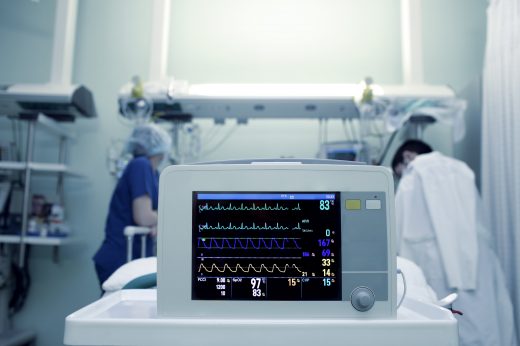


Hemodynamic monitoring measures the blood pressure inside the veins, heart, and arteries. It also measures blood flow and
how much oxygen is in the blood
- Continuous monitoring of acutely ill patients
- Real time End-tidal CO (EtCO )
- Enables to guide therapy of many cardiovascular syndromes into a better hemodynamic state
- Alerts for real time pre-set critical vitals
- Rapid evaluation of trauma patients.
- Mobility allows it to transport the patient while monitoring vitals in real time
- It is capable & adaptable to both Operation theatre & Intensive care unit
- Presents patient hemodynamic information clearly and simply Colour-based indicators communicate patient status at a glance
- Screen options include the real-time physiology screen (both intermittent and continuous), the cockpit screen, the goal positioning screen, graphical trend screens and the physio- relationship screen
- Time In target facilitates Perioperative Goal-Directed Therapy (PGDT) compliance, helps the user to track and manage key parameters, and create and monitor customized protocols
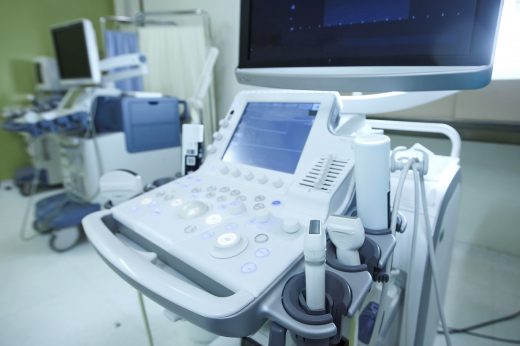


Allows doctors to visualize muscles, tendons, and many internal organs, to capture their size, structure and any pathological lesions with real time
tomographic images. Ultrasound machine in Emergency room is equipped with 2D Echo, Ultrasound and Vascular probes
- Cardiac emergencies:
1. Pericardial effusion / Tamponade
2. Severe pulmonary embolus, Pulmonary edema
3. Heart ischemia, etc. - Abdominal emergencies:
1. Acute Cholelithiasis
2. Appendicitis
3. Abscesses, etc. - Obstetric emergencies:
1. Ectopic Pregnancies
2. Torsion of Ovarian cyst, etc. - Trauma:
1. Focused assessment with sonography for trauma (FAST) scans, Abdominal trauma, Intraabdominal free fluid / bleeding, Hemoperitonium due to trauma, etc. - Emergencies pertaining to several other specialities
- Technology has improved penetration capabilities & excellent detailed resolution in difficult-to-image patients
- Allows visualization of low velocity micro circulation while evaluating organ perfusion of small vasculatures
- Fully integrated fusion capabilities allow clinicians to achieve fast & effective fusion of CT/MR/PET with live ultrasound
- Excellent ergonomics may help reduce repetitive stress injuries
- Minimally invasive procedure which uses no ionizing radiation
Department of Emergency & Trauma Services
Emergency Department at Virinchi Hospitals is a level-1 trauma centre, which is well-equipped to handle medical, surgical, trauma and toxicological emergencies. This is one of the best emergency departments in the twin cities. Quick responsive emergency care is offered to save lives.
Fastest Emergency Response
According to WHO the deaths that occur outside hospitals can be avoided if fastest emergency response is offered to the victims.
Facilities
ER facility is co-located with Cardiology Lab, Neurology Lab, and Radiology departments that have robust & sophisticated equipment like 3T MRI, Spectral CT, ECG, 2D-ECHO, and HOLTER. In addition, Emergency department has a negative pressure room to isolate patients for controlling infectious diseases.
World-class operation theatres, smart intensive care units & lab facilities
All the 11 operation theatres are large and well equipped with 1, 60,000 Lux of Lights, multi-axis surgical tables together with laminar flow with HEPA air filters for infection control.
The unique ICU complex comprising 100 critical care beds on one exclusive floor with state-of-the-art infection control barriers, physical separations is well equipped with personnel and material flow controls.
All the ICU monitors are integrated digitally for remote / mobile access while dedicated CCTV cameras monitor each patient individually.
Round-the-clock Emergency Services
International Triage System: Advanced resuscitation room is available to resuscitate critically ill patients based on their clinical needs. Qualified, experienced and trained emergency physicians handle emergency & trauma patients. In addition, qualified and ACLS trained nurses, qualified intensivists, emergency personnel and emergency medicine trauma technicians take care of patients.
Well-equipped Ambulances, transportation & accessibility is the key to saving lives
fastest emergency response with quick action team anywhere in the city and its outskirts
The ambulances at Virinchi Hospitals are like mobile ICU’s with advanced cardiac life support encompassing facilities like ventilator, O2 supply, all emergency medications, infusion pump, vitals monitoring devices, defibrillators and resuscitation cart along with trained emergency and trauma technicians.
The ambulances are strategically placed within 20 km radius of the hospital to reach the incident spot in about ten minutes from the time of call.
- Dedicated team to monitor technological innovation and medical advances to keep abreast of local innovations in global healthcare
- Access to advanced diagnostic tools with data based decision making
- Home to some of the most eminent pioneering. doctors in India
- Best-in-class Future ready equipment capable of analysing 15,000 bio-markers
- IT integrated healthcare delivery with Patient centric IT enabled processes
- Deep medical expertise with a focus on CONNECT specialities
- Dedicated team to monitor technological innovation and medical advances to keep abreast of local innovations in global healthcare
- Access to advanced diagnostic tools with data based decision making
- Home to some of the most eminent pioneering. doctors in India
- Best-in-class Future ready equipment capable of analysing 15,000 bio-markers
- IT integrated healthcare delivery with Patient centric IT enabled processes
- Deep medical expertise with a focus on CONNECT specialities


100,000+
Happy Patients


12000+
Surgeries Performed Till Date


200+
Strong Clinical Team


33
Specialities
Happy Patients


